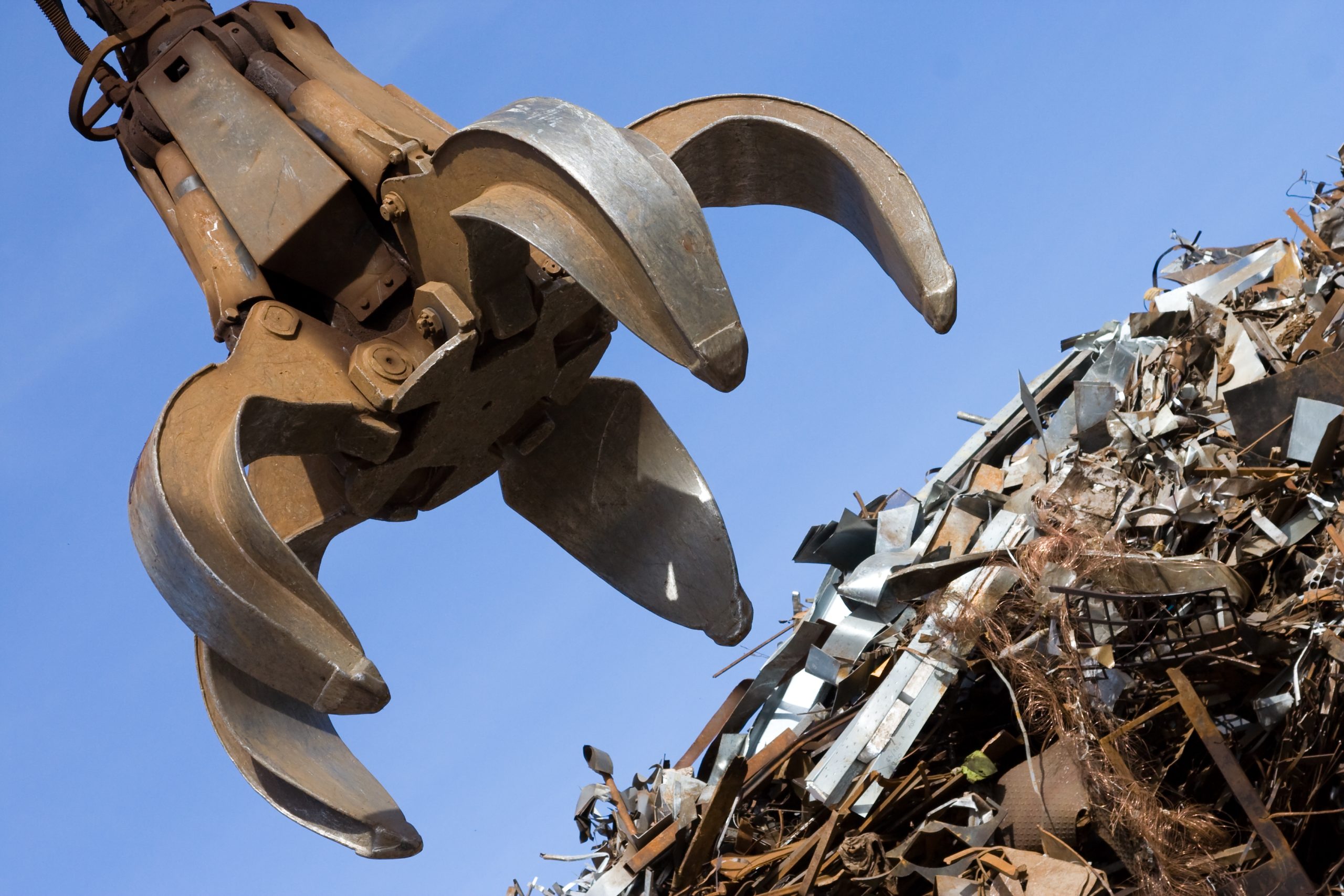In the current climate, where taking care of the environment is necessary, recycling is now very important. From all the resources we reuse, metal is particularly noticeable. It is smart to recycle metal because it is friendlier to the environment and yields valuable resources. Metal is extracted from waste and transformed so it doesn’t go into landfills which leads to more energy savings, less pollution and helps preserve the environment.
Metal Recycling is Gaining More Importance
Automobiles, electronics, packaging, and structures are all made of metal. Extracting new metal from raw ore happens using a lot of energy and often leads to polluting the environment. In addition, farming results in less safe habitats, polluted waters and a boost in carbon emissions.
However, here is some great news—metal recycling process:
- Lets you recover 95% of the energy spent on producing metal that way.
- Cuts down on gas emissions that harm the environment.
- Guarantees the security of natural resources including bauxite, copper, and iron.
- Repurposes or reuses metal so it is not thrown away in landfills.
Furthermore, recycling metals doesn’t lower the end product’s quality. Therefore, they are perfect for helping us meet our goals for sustainability.
Examining the Metal Recycling Process in More Detail
Let’s find out how scrap is recycled and put to good use:
1. Collection
The recycling process begins by finding metal waste in houses, factories, building sites and junkyards. Scrap includes things like soda cans, wires, huge machines, and auto parts.
2. Sorting
Then, the metals get sorted apart. Iron and steel are taken away using magnetic force. Some non-ferrous metals like aluminum, copper and brass are grouped with the help of modern sensors and sometimes experts sort them manually.
3. Prepare your Tools
Metal is cleaned before melting to get rid of anything other than metal such as paint, rubber or plastic. And then they are either shredded or made into large bales to make the melting process efficient.
4. The Substances are Melted and Then Return to a Pure State Afterward
Every metal is melted in a furnace that has been made for that specific metal. It is much less energy-intensive than obtaining metal from mined materials. At this point, unwanted substances are taken out to guarantee better results.
5. The Process of Forming and Handling Resources for Different Areas
The metal is placed in molds and hardened as bars, rods or sheets. After they are cooled, these are sent to factories, where they are made into new products to repeat the whole process.
Rewards in Different Sectors
There are many areas where recycled metal is used. Many important sectors rely on it such as:
- Automobiles and the aerospace industry
- Building and infrastructure
- Consumer electronics
- Packaging and home appliances
It enables companies to minimize their expenses, become more environmentally friendly and serve eco-minded customers.
Conclusion: One Action Can Have a Big Global Impact
Metal recycling is a good strategy to make our world cleaner. If we recycle, we lower the amount of waste, save resources and protect the earth. All the cans and pipes that are recycled do make a difference. The future brings us back to the past and metal recycling is leading the charge.

